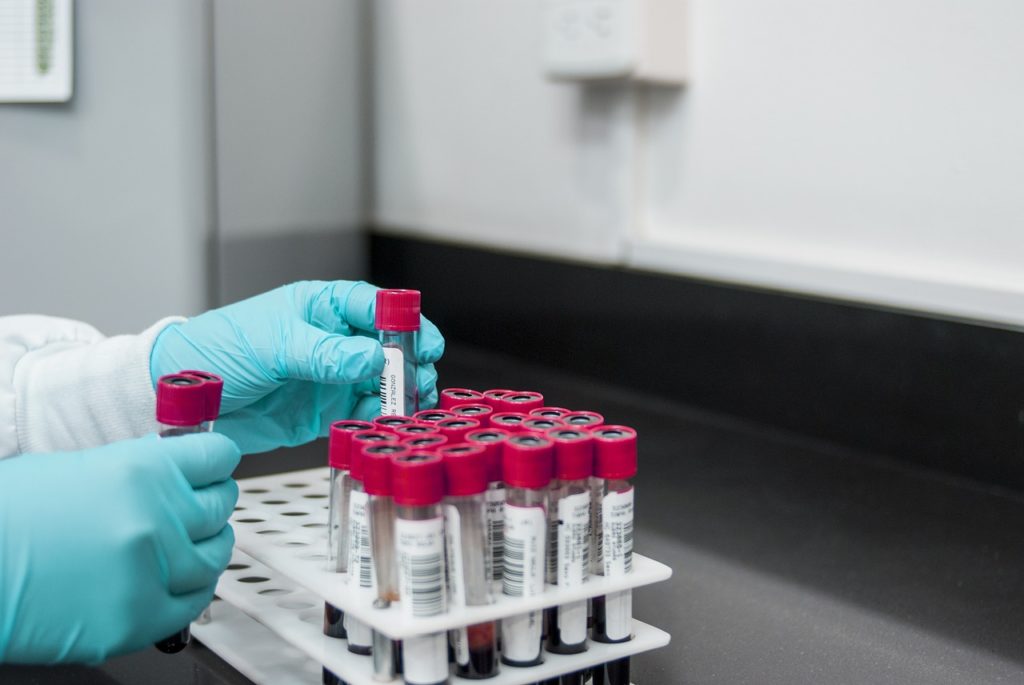According to an article from MedPage Today, Waldenström’s macroglobulinemia (WM) is a rare form of lymphoma. Only about 1,500 cases are diagnosed each year in the US. In this story, we will review the latest in signs, symptoms, and diagnosis of this rare form of cancer. The defining characteristic of this blood cancer is the appearance of an unusually high number of B lymphocytes. These lymphocytes in turn produce an unusually high number of immunoglobulin M (IgM). IgM is a commonly used biomarker for disease activity.
Diagnosis
Since the symptoms of WM often occur gradually, diagnosis often begins due to abnormal imaging results or lab findings. Dr. Jorge Castillo of the Bing Center for Waldenström Macroglobulinemia at the Dana Farber Cancer Institute says that diagnosis can be a simple process if the physician has a strong suspicion. The process involves checking protein levels and blood counts. Certain tests, such as immunofixation electrophoresis and serum protein electrophoresis are widely used in order to measure the abnormal immunoglobulins and identify which antibody is involved. A biopsy of the bone marrow can confirm the results and most patients also receive genetic testing to determine if they have mutations present.
There are certain mutations of importance in WM, such as the MYD88 mutation (found in around 90 percent of patients) or the less common CXCR4 mutation.
Signs and Symptoms
Unfortunately, many doctors don’t know what to look for since it’s quite a rare cancer. Around a third of Castillo’s patients have no symptoms at diagnosis. When symptoms do occur, anemia is probably the most frequently found and results in weight loss, fatigue, low exercise capacity, night sweats, and fever.
Another telltale sign of WM is hyperviscosity syndrome, a result of the high IgM levels. This causes vision problems, neurological symptoms, and mucosal bleeding. This should be treated promptly because it can lead to more serious issues if left unaddressed, such as permanent vision loss, myocardial infarction, and gastrointestinal bleeds. Hyperviscosity syndrome is usually treated with plasmapheresis.
Some patients also experience peripheral neuropathy, leading to sensations of tingling, pain, numbness, or stabbing/shooting sensations. Often the feet or toes are first affected according to Castillo:
“Other symptoms can include enlargement of the lymph nodes, liver, or spleen; pleural effusions; and even some meningitis has been associated with Waldenström. These clinical presentations are very diverse.” – Dr. Jorge Castillo
Still, patients that don’t have symptoms, or whose symptoms are very mild and don’t affect their quality of life, often undergo surveillance instead of active treatment. Castillo says that research hasn’t shown a benefit to immediate treatment in these patients, and therapies can also have unpleasant side effects. Some patients can go for years without needing treatment. Dr. Joshua Richter, of Tisch Cancer Institute at the Icahn School of Medicine at Mount Sinai, says that these patients may need to be monitored for signs of amyloidosis or eye changes, especially if they have very high IgM levels.








